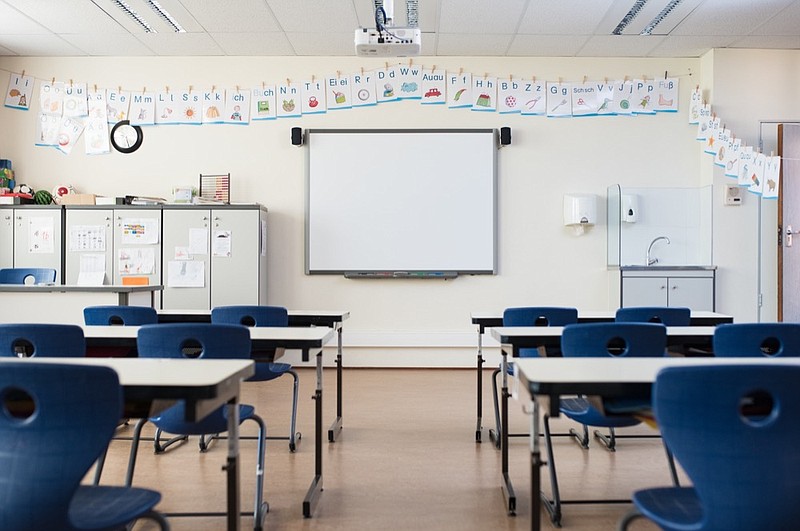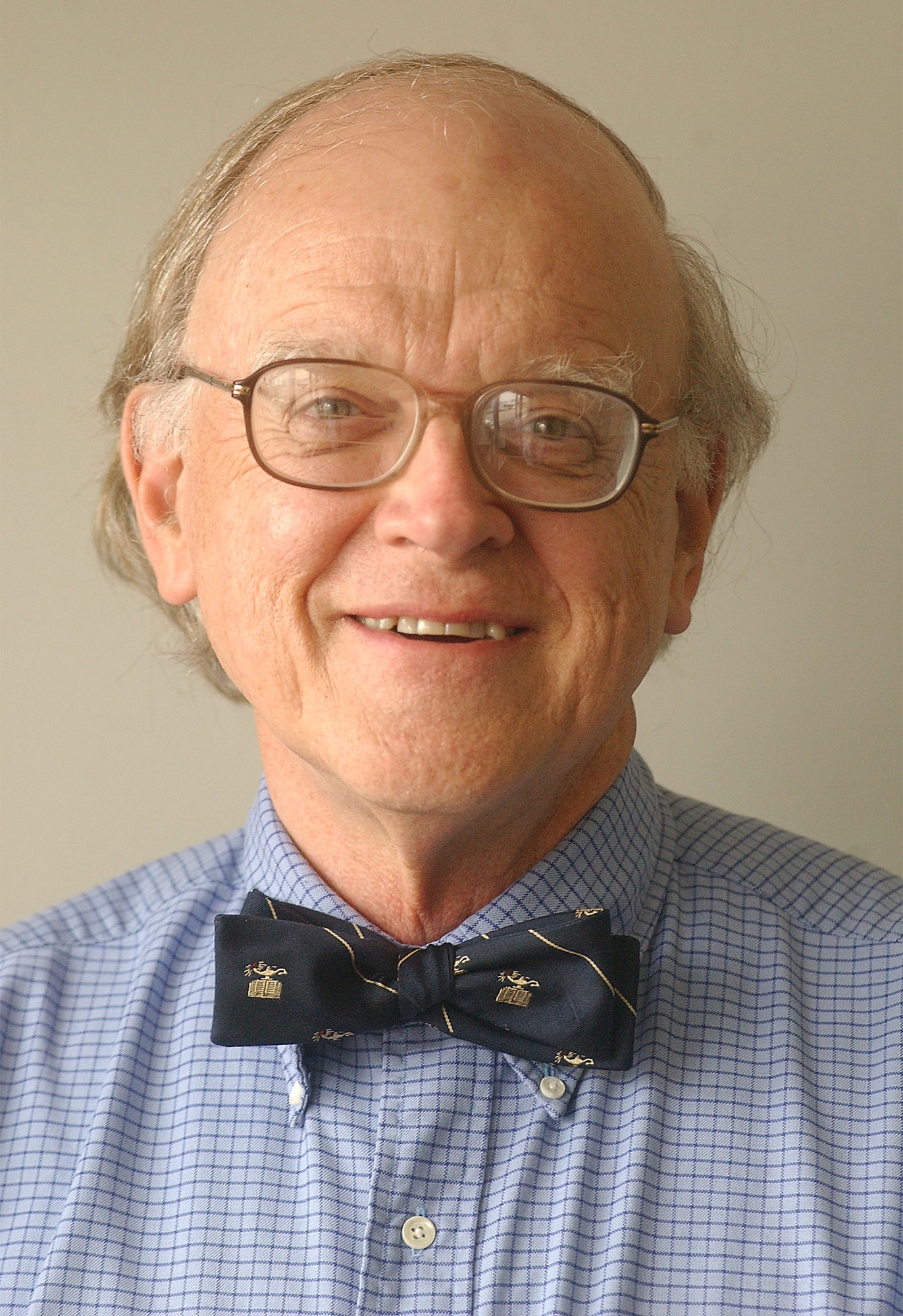In June, the Hamilton County Commission rejected the school system's $443 million budget request. A revised budget of $400 million is currently under consideration. The revised budget chops the numbers of reading specialists, counselors, social workers, English-as-a Second-Language (ESL) teachers and reduces a pay boost for teachers from 5% to 2.5%.
None of those dropped positions are luxury items. Reading interventionists are critical to the academic success of children who struggle to make sense of the printed page. In a school system with increasing numbers of Latino students, ESL teachers are vital to those students for whom English is a foreign language. Children who daily deal with poverty, insecure housing or emotional issues need the assistance which counselors and social workers can provide. For many students, schools are the only calm, secure places in which they will spend time.
Every school in the district needs a safety or resource officer.
The reduced budget may not drastically affect schools in economically secure neighborhoods. Those schools can raise money through foundations and active PTAs. Staff at those schools know how to write grant proposals. Parents in those schools are adept at informing and influencing their representatives on the county commission and Board of Education.
Per-pupil school expenditures vary widely among the 50 states and District of Columbia. New York is tops with 2016 per-pupil funding of $28,366 ($15,746 instructional, $6,130 support services). Tennessee ranked 45th with $8,810 per-pupil ($5,406 instructional, $2,806 support services). North Carolina, Mississippi, Oklahoma, Arizona, Idaho and Utah rank below Tennessee.
Hamilton County Schools receive 11.5% of funding from federal government and 46% from the state. Property taxes provide the rest.
For the 2016-17 school year, the average per-pupil expenditure for the state was $9,307. For the four largest school districts, Nashville-Davidson County spent $11,574 per pupil, Shelby County $11,206, Hamilton County $9,400, and Knox County $8,614.
As a member of two different boards for nonprofit organizations, I have had opportunities in recent years to visit a variety of public schools in Hamilton County. At each school, I saw dedicated, innovative teachers in action in science labs and English and math classes. Principals and their assistants were actively engaged in their schools and seemed to know many of the students by name.
At one school, an English teacher had to interrupt her class to break up a disturbance in the hallway outside her classroom. She told me that the school's security officer was too far away to summon. After class, the same teacher silenced a male student who was directing insults to someone in the girls' restroom.
In some schools, most students are on free or reduced-price lunch programs.
School buildings varied from new to drab and worn-out. Maintenance was sadly lacking in some. Libraries ran the gamut from welcoming places with full shelves to facilities with limited, outdated collections. The library in a relatively new elementary school depended upon leaflets and magazines for reading materials. Technology varied from dedicated computer labs to old computers, only half of which worked. Not all students had access to personal computers at school. The great majority of students in poorer neighborhoods had no computer access in their homes.
Academics ranged from high schools with limited Advanced Placement courses to two with optional International Baccalaureate Programs. In interviews with students who had applied for college scholarships, a frequent complaint was lack of AP courses and deficient labs.
Students in public schools cannot vote, save for those over age 18. They depend upon you and me to serve as their advocates. There should be no second-class in the education that our public schools provide for them. We are the guarantors of their futures.
Contact Clif Cleaveland at ccleaveland@timesfreepress.com.

